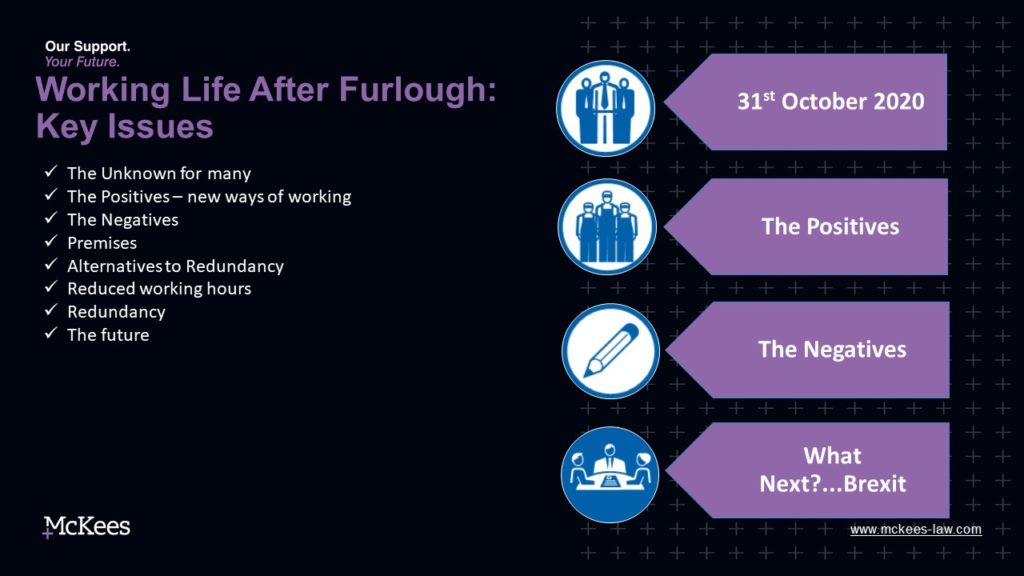Chris Ross’ article on the area of health and safety at work which was highlighted recently following the fatal accident that happened in Linden Foods.
It was a devastating reminder of what can happen, the human consequence and the subsequent impact on the business.
Employers liability, general liability, checklists and information signposts have become a real focus of attention for health and safety executives and businesses, especially smaller businesses, of what they need to be vigilant about.
For example, let’s consider a scenario where a farmer employs a building contractor for work on the farm.
The builder has no insurance cover or adequate risk assessments and one of the builder’s workers becomes trapped in a hole which was not shored up properly and suffers significant injuries. Because the builder has no cover it potentially leaves the farmer liable.
Many businesses do not understand the risks or think this through properly in terms of making sure sub-contractors have adequate cover and that health and safety protocols are properly adhered to at all times.
So what is corporate manslaughter?
Businesses may be charged with the offence of corporate manslaughter where gross failures in the way activities are managed or organised result in the death of an individual.
The offence was created to ensure that organisations can be held properly accountable for very serious health and safety failings resulting in death.
Often business owners are unaware of the risks facing them personally should they fail to devise safe systems of work and/ or fail to provide a safe place of work for their employees.
Who does it apply to?
Company directors can be held personally liable when there is a gross breach of the duty of care owed to employees where directors have both a collective and individual responsibility towards health and safety.
An organisation may be charged with the offence of corporate manslaughter if there is evidence that it had a duty of care towards the individual and has been grossly negligent in breaching that duty of care resulting in the death of the individual. There must also be evidence that senior directors in the organisation played a large part in that breach.
How do organisations manage the risks?
All employers have a duty of care to their employees or any member of the public. Directors and board members will need to take action in ensuring that the health and safety of employees or members of the public is protected at all times, ensuring that health and safety is recognised as a key business risk and health and safety management is fully integrated into all business decisions.
Organisations should also engage their workforce to promote health and safety conditions, encouraging effective communication at all levels and high-quality training.
Once health and safety risks are effectively identified and managed maintenance through competent advice, monitoring, reporting and review through auditing should be diligently carried out.
There are significant benefits to properly assessing health and safety risks including reduced costs, reduced risks, lower employee turnover rates, fewer accidents, better reputation for corporate responsibility among investors and avoidance of legal action resulting in fines for both the organisation and individuals.
It is vital that companies and organisations carry out regular risk assessments and keep their health and safety procedures up to date to avoid a grave situation. If this is not something already in place, you need to act now!


